A heartily educated community towards an equitable India.
Education is not about what we do; it's about how we do it.
Why Pyar Ki Dor
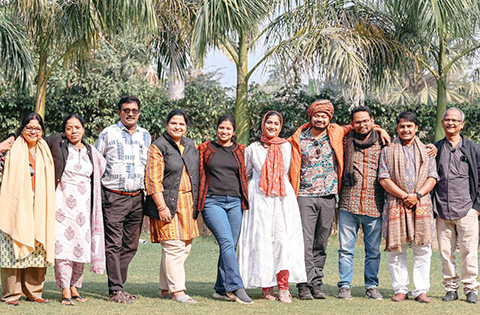
The AQI at all monitoring stations stood between 1300 and 1600 – ‘hazardous’ category – at the time of last update in this report, as per Swiss air technology company IQAir and this became a topic of widespread concern.
In the education and youth development sector, we often hear educators express worries about children’s learning outcomes and the lack of resources to support their growth.
India also faces a health crisis as the country with the second-highest number of people with diabetes, which makes us increasingly aware of the need to improve our food habits. Additionally, on the Global Hunger Index, India ranks 105th out of 127 countries.
These are just a few of the many statistics and indicators that we read about, see, and feel in our daily lives.
In rural Odisha, poverty remains a challenge. However, it grapples with 90% of children dropping out between the 5th and 10th grades. These children are predominantly first-generation school goers. Substance addiction is prevalent among 95% of parents and youth, exacerbating uncertainty regarding their livelihoods. Traditional livelihood activities such as fishing, bamboo craft making, and earthen pot making have dwindled, forcing residents into casual labor. The village’s economic status is dire, with all households falling below the poverty line. Additionally, child marriage remains a prevalent issue in the community.
Then why do these issues persist?
This question deeply troubles us. With a predominant focus on academic achievements, essential character traits such as empathy, respect, and integrity are neglected,(half education) impeding individuals’ ability to understand and cooperate effectively with others. This deficit directly hampers the sustainable development goal.
We understand there are numerous factors and complexities influencing these issues. However, when we reflect on these challenges, we realize we already have so much — human talent, natural resources like plants, rivers, mountains, seas, and air. We have bright, innovative minds, and we also have budgets allocated to address such problems. These problems are closely tied to the decision-making processes of individuals within both the system and society at large. These decisions often stem from a deficiency in moral education, values and skills.
To make a lasting impact, we believe we must focus on nurturing future leaders — children, youth, and individuals — who are heartfully educated, capable of deep thinking, purposeful decision-making, and guided by strong values that they reflect upon regularly.
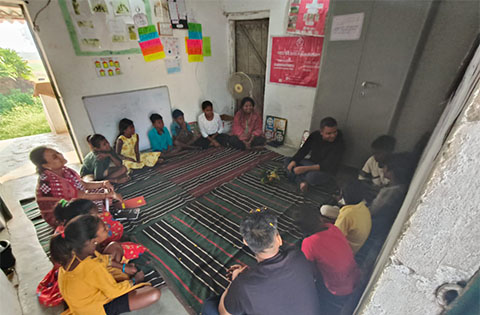
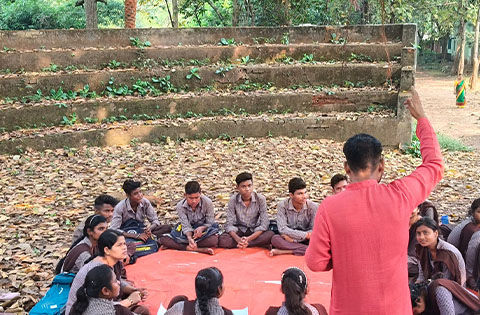
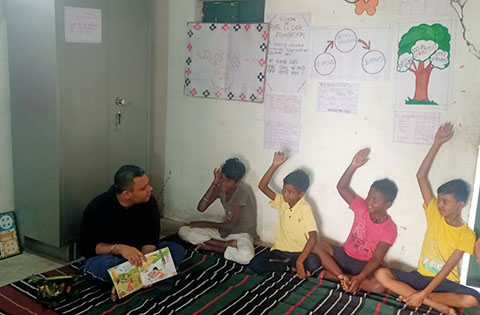


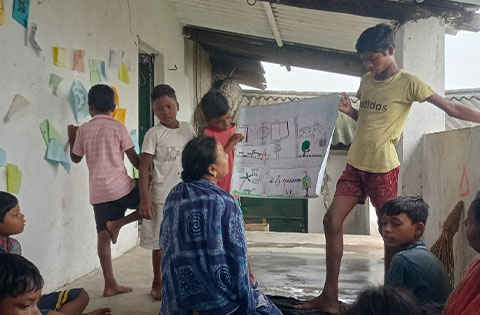


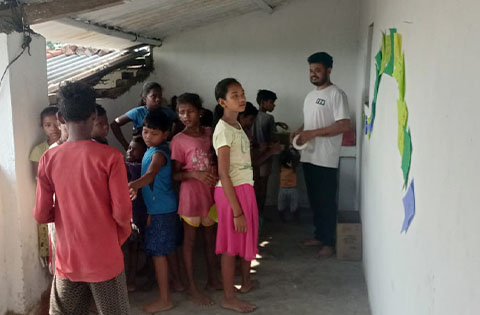
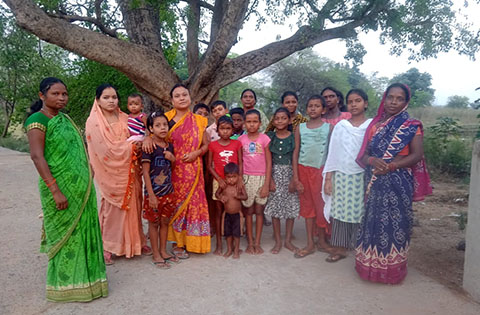


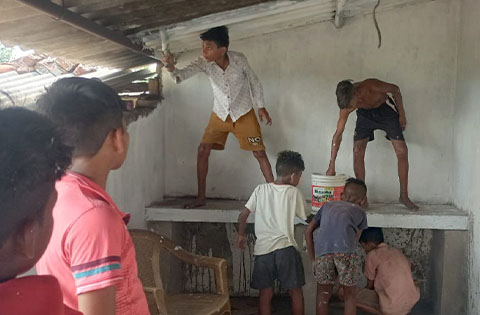
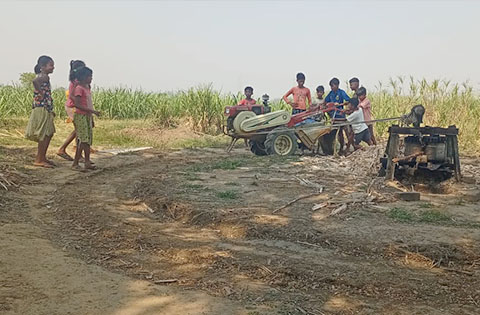









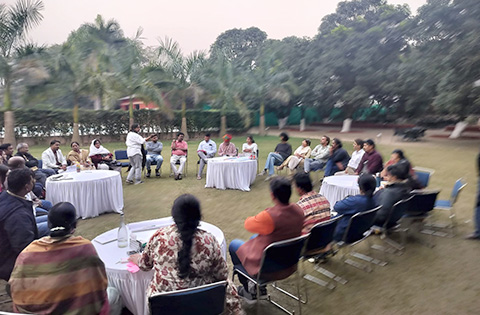
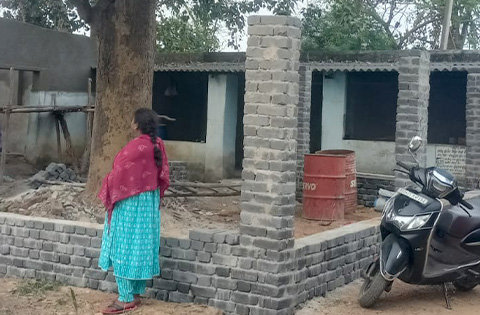


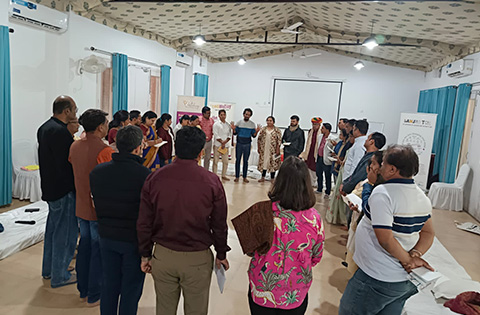
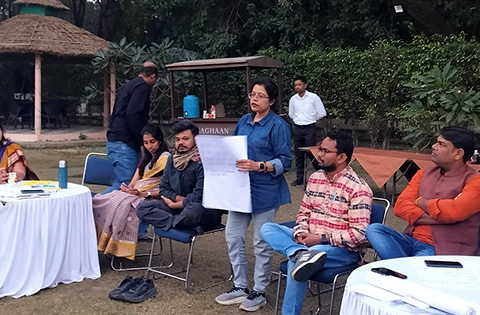

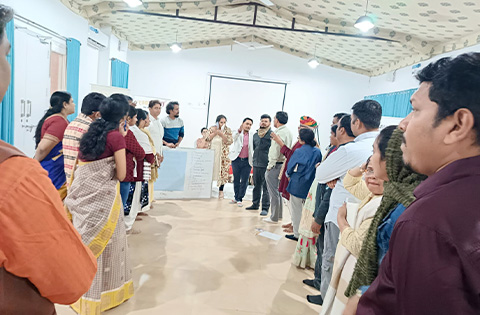
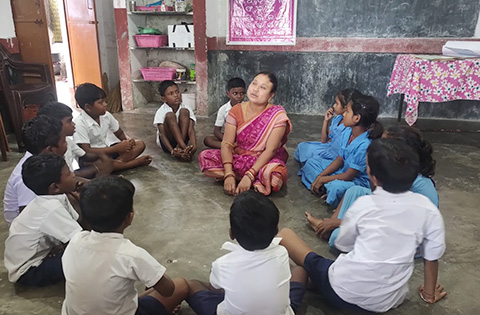




Our Vision
A heartily educated community towards an equitable India.
Mission
To co-build a model community space equipped with library and maker space that nurtures children and youth to imagine, deep thinking and grow into responsible citizens while serving as a catalyst for a thriving ecosystem.
